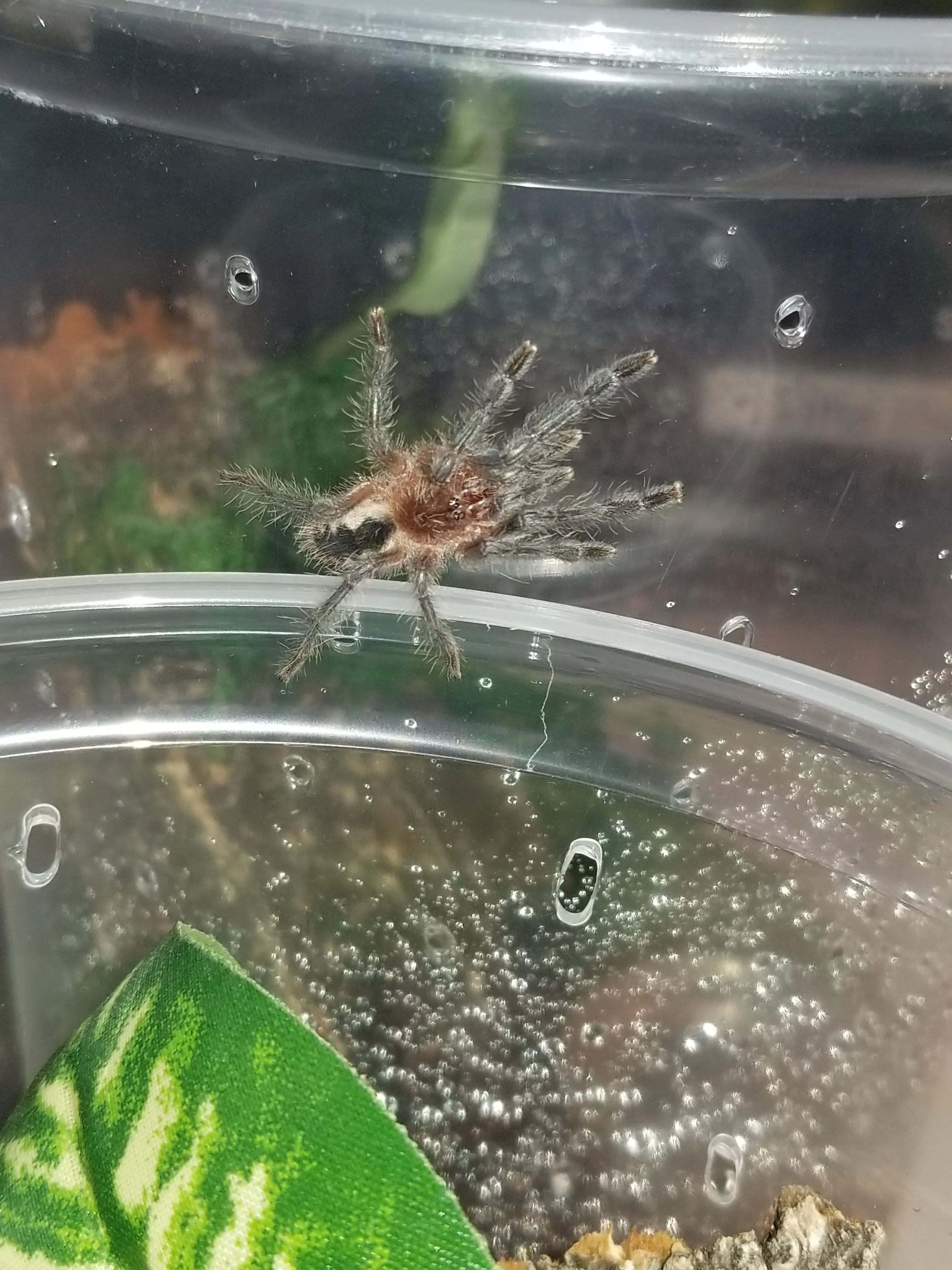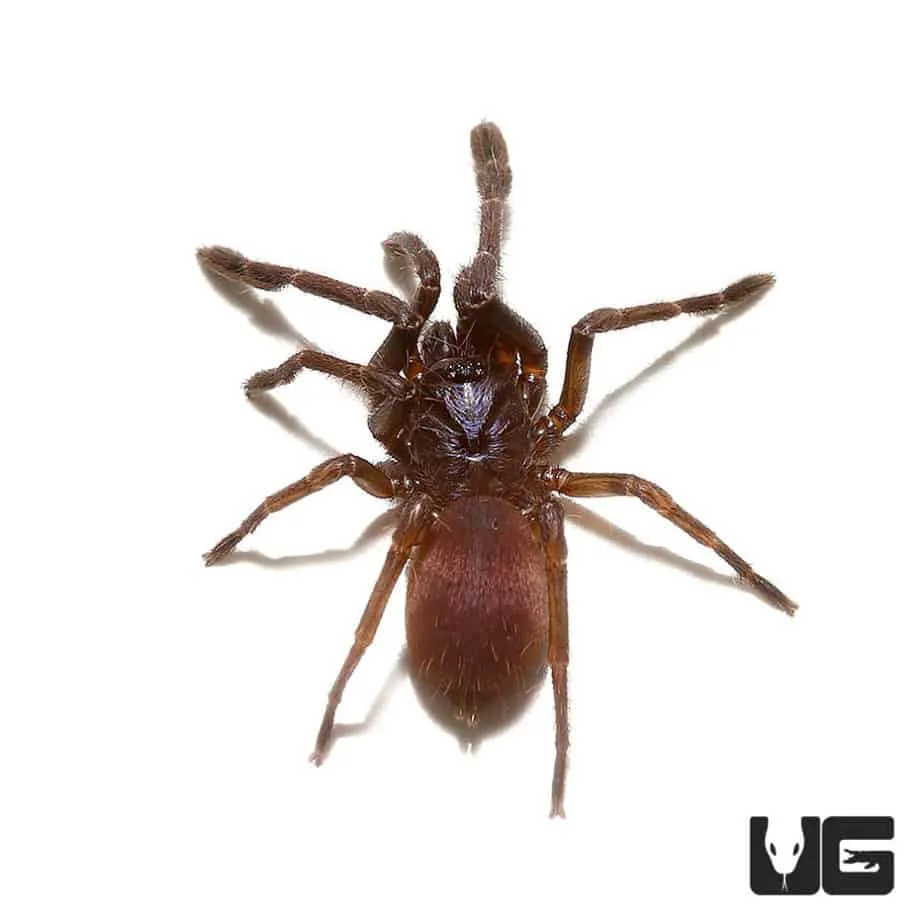What is a Tarantula?
Tarantulas, members of the Theraphosidae family, are large and hairy spiders that often evoke both fascination and fear. These arachnids are found in various habitats around the world, and their impressive size and distinctive appearance make them relatively easy to identify, provided you know what to look for. Understanding what constitutes a tarantula is the first step towards correctly identifying one in the wild. They are primarily nocturnal creatures, which means that most of their activity occurs during the night. They are also known for their defensive behaviors, which may include flicking urticating hairs or, in some instances, biting if they feel threatened. These behaviors are essential for survival in the wild because they help keep them safe from potential predators. When observing a tarantula, it’s vital to keep a safe distance and avoid any actions that might be perceived as threatening.
Identifying Features of Tarantulas
Identifying a tarantula relies on a combination of features that distinguish them from other spiders. Unlike smaller spiders, tarantulas are characterized by their size, robust build, and hairy bodies. Their physical attributes play a crucial role in their survival, from helping them capture prey to assisting in defense mechanisms. One of the most noticeable traits of tarantulas is the presence of fangs, which they use to inject venom into their prey. The venom, while potent to insects and small animals, is generally not considered life-threatening to humans, although it can cause significant pain and discomfort. Also, tarantulas possess spinnerets, organs that produce silk which they use to create their burrows, nests, and even egg sacs. Recognizing these unique characteristics is key to correctly identifying a tarantula.
Size and Appearance

The size of a tarantula is one of the most immediate indicators of its identity. These spiders can range significantly in size, depending on the species, but they are generally much larger than most other spider types. When spotting a tarantula, it’s important to take note of the spider’s body length and leg span to accurately assess its size. The leg span, in particular, can vary dramatically, some species having legs spanning up to 10 inches or more. Their bodies are typically covered in dense hairs that give them a fuzzy appearance. The coloration can also vary quite widely, ranging from shades of brown and black to vibrant hues of red, orange, or blue. The overall size and appearance are crucial clues when attempting to identify a tarantula, providing quick and readily observable differences.
Coloration and Patterns
The coloration and patterns on a tarantula’s body can offer valuable clues for species identification. While most tarantulas share a basic brown or black coloration, some species exhibit striking patterns or vivid colors that set them apart. For example, some tarantulas feature stripes, bands, or spots on their legs or abdomen. The presence or absence of specific markings can be highly indicative of the species. Observing the distribution of colors and patterns can also assist in differentiating between species, as these details can vary widely. Recognizing these visual cues is a key part of identifying tarantulas, but be aware that the patterns can be subtle and require a close look to be properly observed. It’s important to exercise caution and keep a safe distance, and to avoid any action that may pose danger to the spider or you.
Where Can You Find Tarantulas?
Tarantulas are found in various habitats across the globe. Understanding their preferred environments is the first step in knowing where to look for them. They are typically found in warmer climates, thriving in areas with consistent temperatures and moderate humidity. This includes regions in North and South America, Asia, Africa, and Australia. Their distribution is largely determined by climate, so knowing the geographic location can help narrow down the species you are likely to encounter. Also, tarantulas are not equally distributed throughout their range; they often favor specific microhabitats within a broader region, depending on factors like the availability of food, shelter, and suitable places to burrow. Being familiar with the local environment can help in locating potential tarantula habitats, which are often concealed or secluded.
Tarantula Habitats

Tarantulas have a remarkable ability to adapt to their environments, which leads to diversity in their habitats. They can be found in a variety of habitats, including grasslands, deserts, tropical rainforests, and even suburban environments. Most tarantulas are terrestrial, meaning they spend most of their time on the ground. They often burrow in the earth, creating underground shelters for themselves. Some species are arboreal, living in trees and making their homes in the crevices of bark or among branches. The availability of prey, such as insects and small animals, heavily influences the habitat preferences of tarantulas, as they must have a reliable food source to survive. The type of habitat also influences their behavior, for instance, burrowing tarantulas will often be more reclusive, while arboreal species may be more visible.
Geographic Distribution
The geographic distribution of tarantulas is primarily determined by climate and habitat suitability. Tarantulas thrive in warmer regions, especially areas with a tropical or subtropical climate. They are native to many countries across North and South America, Asia, Africa, and Australia. In North America, they can be found in the southwestern United States and Mexico, and in South America they are prevalent in countries like Brazil, Colombia, and Venezuela. Knowing the specific geographic location can greatly aid in identifying the species, as different tarantula species are adapted to different regions. The presence of tarantulas in an area also depends on the availability of food and the lack of other species that could pose competition. When identifying tarantulas in the wild, understanding the regional distribution helps in narrowing down the possible species and enhances the identification process.
How to Observe Tarantulas Safely
Observing tarantulas in their natural habitat can be an exciting experience, but it is crucial to do so safely. Tarantulas, despite their often intimidating appearance, are generally not aggressive unless provoked, but their defensive behaviors can pose a risk. It is important to maintain a safe distance from the tarantula, ideally several feet, to avoid any sudden movements that might startle them. When observing, be mindful of your surroundings to avoid accidentally disturbing the spider’s habitat or stepping on it. It is always best to observe them during the daytime, as they are often more active at night. Also, wearing appropriate attire, such as long sleeves and pants, can offer a basic layer of protection in case of any unexpected encounters. The goal is to observe the tarantula without disturbing it or putting yourself at risk of defensive actions.
Keeping a Safe Distance

Maintaining a safe distance is a fundamental aspect of observing tarantulas. It is key to avoid any direct interaction that might trigger a defensive response. When you spot a tarantula, step back and assess the surroundings. This helps in avoiding any surprise movements or actions that could startle the spider. Use binoculars or a camera with a zoom lens to get a closer look without getting too near. This is an effective way to study the tarantula’s characteristics, behaviors, and movements from a distance. By keeping a safe distance, you reduce the risk of getting bitten or triggering other defensive behaviors such as the release of urticating hairs. This not only protects you but also ensures that you are observing the tarantula without affecting its natural behavior.
What to Do If You See a Tarantula
If you encounter a tarantula in the wild, the first step is to remain calm and observe the spider from a distance. Avoid any sudden movements or loud noises that might startle the tarantula. If you are in a public area, alert others in the vicinity to maintain a safe distance. Do not attempt to handle, touch, or otherwise interact with the tarantula. Admire it from afar and allow it to continue its business. If you have children or pets with you, ensure they are supervised and kept away from the spider. If you are concerned about the spider’s presence, it’s best to contact a local wildlife expert or animal control agency for assistance. Avoid any direct intervention unless you are properly trained and equipped to do so. Remember, it is best to respect the tarantula’s space and allow it to live undisturbed.
Avoid Handling Without Experience
Handling a tarantula, especially without prior experience or knowledge, can be dangerous and is generally not recommended. Tarantulas may bite in self-defense, and although their bites are typically not life-threatening to humans, they can cause significant pain, inflammation, and discomfort. Moreover, some species of tarantulas have urticating hairs, which they can flick off their bodies when threatened. These hairs can cause skin irritation, itching, and other allergic reactions. If you are unfamiliar with tarantulas or unsure of their behavior, it is much safer to observe them from a distance. If you are interested in learning how to safely handle a tarantula, consider seeking guidance from a qualified expert who can provide proper training and handling protocols. This will help ensure your safety and well-being.
Common Misconceptions About Tarantulas

Misconceptions about tarantulas are widespread, often leading to unnecessary fear and misunderstanding. One common myth is that all tarantulas are extremely dangerous and highly venomous to humans. In reality, while tarantulas do possess venom, their venom is typically not lethal to humans. Many people believe that all tarantulas are aggressive and prone to attack, but most species are quite docile and only become defensive when they feel threatened. Another misconception is that tarantulas are always found in tropical environments, but they can be found in a variety of habitats around the world. It is also a common myth that all tarantulas are very large and hairy, but the appearance and size vary widely between different species. Educating yourself about these misconceptions and learning the facts is essential in understanding and appreciating these fascinating creatures. By dispelling these myths, we can foster a greater appreciation for tarantulas.
